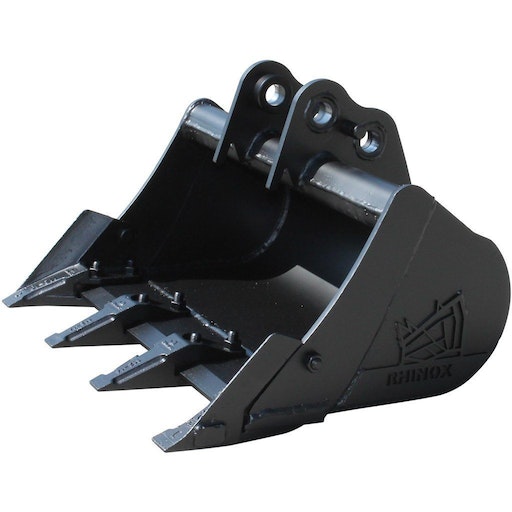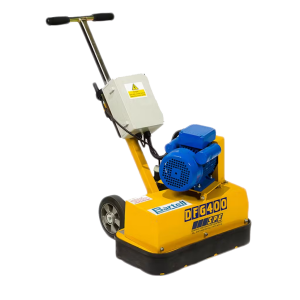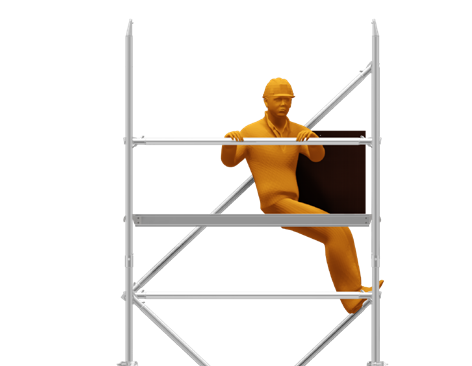
Flooding can occur at any time of the year but can be a particular problem in Autumn. Whether you have water damage or flooding caused by leaking/overflowing pipes, a bath has overflowed or a malfunctioned appliance, we’re here to help you get dry as quickly as possible!

Heaters for drying out after water damage or flooding
To achieve the best results, we recommend using heaters in conjunction with dehumidifiers to dry out any areas affected by water damage or flooding. The heat will increase the rate of evaporation as, the warmer the air is, the more moisture it can hold. The dehumidifier will then be able to remove deeply embedded moisture more efficiently.
Tips for the removal of water damage/flooding:
- Reduce the risk of mould growing by removing anything which has been submerged in water and treat affected areas as quickly as possible
- You may need to use both a heater and a dehumidifier depending on the extent of the damage
- Keep windows closed when using a dehumidifier
- When using a heater, it is advisable that the temperature does not exceed 80 degrees
- Contain the damage as much as possible by ensuring affected areas are sealed off quickly
- If drying a wall, do not place heaters too close to the wall or you could create hotspots. Instead, place them at a distance where a larger area can be gently warmed
Which machines should you use to address the water damage?
We have heaters which will work very well in conjunction with any of our dehumidifiers to help you with water damage and flooding.
Infrared Heaters 110v with a 32amp plug or 240v with a RCD plug – these are perfect for drying out, as the heaters produce a very dry heat which can be directed to the area affected.
Ceramic Heaters 110v with a 32amp plug – these heaters produce a dry heat that is very effective at heating up a room.
Choosing a heater for office or domestic use
As we move into the colder months, you may have started to think about heating for your office or home. Cold offices do not make for happy or well employees! By investing in a heater for your office you can hopefully reduce staff illness and generally make it a more pleasant and inviting place to work during Winter.
The advice from the HSE regarding the management of temperature in your workplace and how this affects your employees suggests that the temperature in workplaces should be at least 16°C. In environments where a lot of physical activity is involved, this temperature can be reduced to 13°C.
Tips for office and domestic heater use
- Ensure that animals and children are kept away from the heater/s, (particularly ceramic or cabinet heaters whose faces can get hot)
- Think about the placement of your heater in relation to other things in the room/office. It’s advisable to allow at least a 1m space around the heater
- Ensure heaters are switched off overnight and when leaving the office unattended
- Carpet is a suitable surface for a heater but only if using a short-pile carpet. Other hard flooring should be suitable as a surface on which to place your heater

So, what are my hire options for office/home heaters?
Convection heaters work in a similar way to convection ovens by warming the air and circulating this throughout your office. They tend to take slightly longer to heat and create a warm office, but the benefits are that they create a more even heat than other heaters.
Cabinet Heaters are perfect for offices/homes with power supply issues. Cabinet Heaters simply require butane gas to operate, making them ideal for use where there is no electric power supply. The heat output can be controlled up to a maximum of 2.9kw.
Oil filled Radiators are great if there is any concern about safety. These indoor electric heaters are neat and safe to use units that are ideal for home use, small offices, shops, workshops or conservatories.
2KVA + 3KVA Fan heaters (240v with a RCD or 110V 32amp). Industrial Fan Heaters are heavy duty, compact and portable units that provide fast moving hot air. They are ideal for localised drying of an object or area, as well as larger heating applications.
Ceramic Heater (240v with a RCD or 110V 32amp). Ceramic heaters heat up the environment more easily than other heaters. The placement of them needs to be well thought out however, as the face and bars can get very hot.
Finding the right industrial heater for construction site use
Finding a heating solution for a construction site (particularly in the cold and harsh conditions of Winter) can be challenging, but it is a challenge that must be solved for the benefit of your workforce. We have some options for you which will help with the adverse conditions and low temperatures expected to hit us hard this Winter season.
web.jpg)
For sites with no power: Bin Box Heaters (11kg, 19kg or 47kg Propane Gas) are ideal if there is no power on-site, as they only require gas. They are ideal for heating warehouses and small factories, and they are also fully portable.
For large spaces: 110V Medium Space Heater or 110V Large Space Heater. These gas-fired units are ideal for heating large spaces quickly. The are highly effective and often used to heat warehouses and other large industrial spaces. The amount of heat these machines produce can be tweaked using a gas regulator that changes the rate of flow. For the Medium Space Heater you can purchase a 19kg Propane Gas bottle, but you will need a 47kg Propane Gas bottle for the Large Space Heater. Always be mindful that using a 19kg bottle quickly may result in the bottle freezing over due to the drop in pressure, so we recommend a 47kg bottle in most cases. We also offer a 110v Extra Large Space Heater.
For large spaces + no fume production: Indirect Diesel Heater 20kw 110v 16amp plug (20ltr red diesel boxes). If you’re looking to heat a warehouse, marquee or other large space without creating fumes, then the indirect oil-fired (indirect) space heater is for you. Oil-Fired Space Heaters produce clean warm air that can be ducted into large areas.
For smaller spaces or objects needing direct heat: Infrared Heaters (110v with a 32amp plug) will heat the area on which you direct the glow. They are an excellent solution if you require instant heat and can be used to warm objects, dry walls or cure paints. They are light and portable and ours specifically, have two power settings.
How to heat a large area
Heating a large area such as a warehouse can be a challenging prospect considering their size and potential layout.
The comfort of your team is of utmost importance, both for their health and productiveness. Heating a warehouse can be expensive as well as having the potential to increase your carbon footprint. There is also your stock to consider as the temperature and type of heating solution may affect it.

So, how can you heat your warehouse effectively whilst keeping costs and energy consumption at a reasonable level?
The type of heater you choose will largely depend upon the size and layout of your warehouse and other factors such as how often the doors are opened and closed, as this will affect how easy or difficult it is to control. How much of the warehouse requires heating will also influence which heater to choose, as you may only want to heat specific areas. Below is some more information on the different heating options:
Our Infrared Heaters (specifically a 110v with a 32amp plug or 240v with a RCD plug), are the perfect solution for heating up an area of a warehouse if the overall size of the warehouse is too large to heat up entirely. These heaters will help to keep staff warm at their workstations.
Medium or Large Space heaters 110v 16amp plug (fuelled by 19kg or 47kg Propane Gas) would be the best option for heating a larger area in your warehouse and is typically what they are used for. They are gas-fired and ideal if you need to heat a large space quickly.
Indirect Diesel Heater 20kw 110v 16amp plug (20ltr red diesel boxes). No fumes! Indirect heaters are great for heating large areas, so they are perfect for warehouses. These can produce up to 20kw of heat output and can either be situated externally with the heat ducted in, or externally with the exhaust gases removed via a chimney installation.




